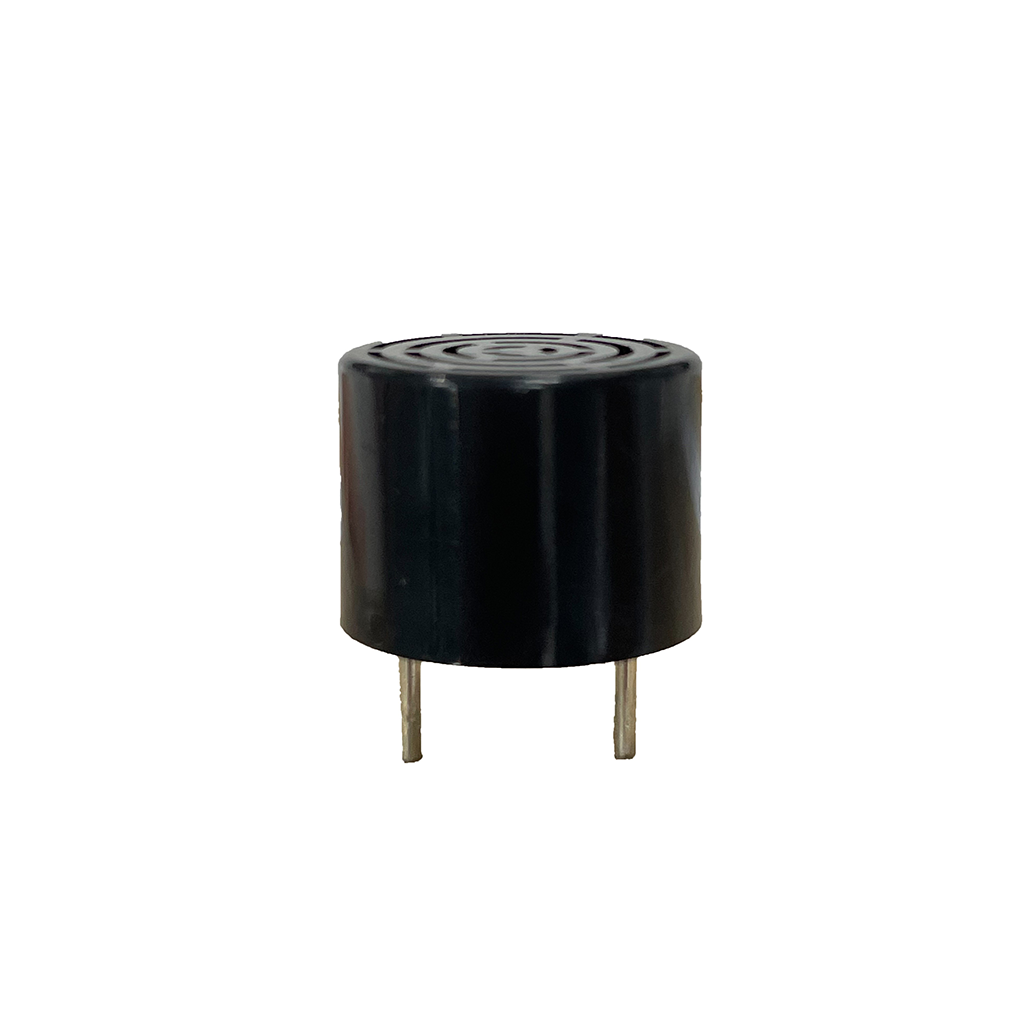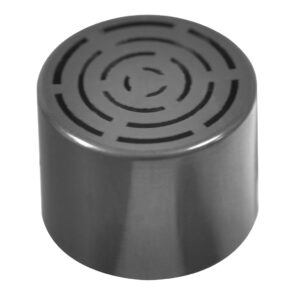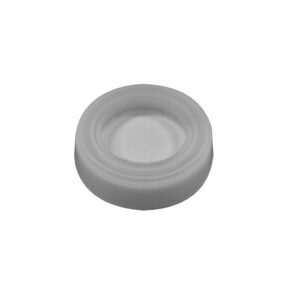
Ultrasonic
Ultrasonic transducers reproduce or sense ultrasonic sound waves. A transmitter reproduces sound, a receiver senses sound, while a transceiver does both.
Ultrasonic waves are above 20khz and can be heard only by some insects and animals other than human. While some applications focus on audibility as in repellers, most focus on physical detection and measurement.
Transceiver uses ultrasonic to detect, and can be applied in distance measurement, obstacle detection, material testing, medical imaging and wireless communication.
Atomizers break up liquids into fine droplet, achieving air humidification, dust control, odor reduction, and medicament delivery. Some applications include inhalers, humidifiers and fragrance diffusers.
Some common criteria and parameters of ultrasonic transducers are below:
- Frequency: The frequency determines the resolution, penetration, and attenuation of the ultrasonic wave in the medium. Generally, higher frequencies provide higher resolution but lower penetration and higher attenuation.
- Bandwidth: This is the range of frequencies that the ultrasonic transducer can operate at. The bandwidth affects the pulse duration, signal-to-noise ratio, and sensitivity of the ultrasonic transducer. Generally, wider bandwidths provide shorter pulse durations, higher signal-to-noise ratios, and higher sensitivities.
- Size and shape: The size and shape affect the beam profile, directivity, focal length, and coupling of the ultrasonic transducer. Generally, larger and circular transducers provide narrower beam profiles, higher directivity, longer focal lengths, and better coupling.
- Material: This is the type of material used for the piezoelectric element of the ultrasonic transducer. The material determines the electromechanical coupling coefficient, dielectric constant, mechanical quality factor, acoustic impedance, and temperature stability of the ultrasonic transducer. Generally, materials with higher electromechanical coupling coefficients, lower dielectric constants, lower mechanical quality factors, lower acoustic impedances, and higher temperature stabilities provide better performance for ultrasonic transducers.
Read more





